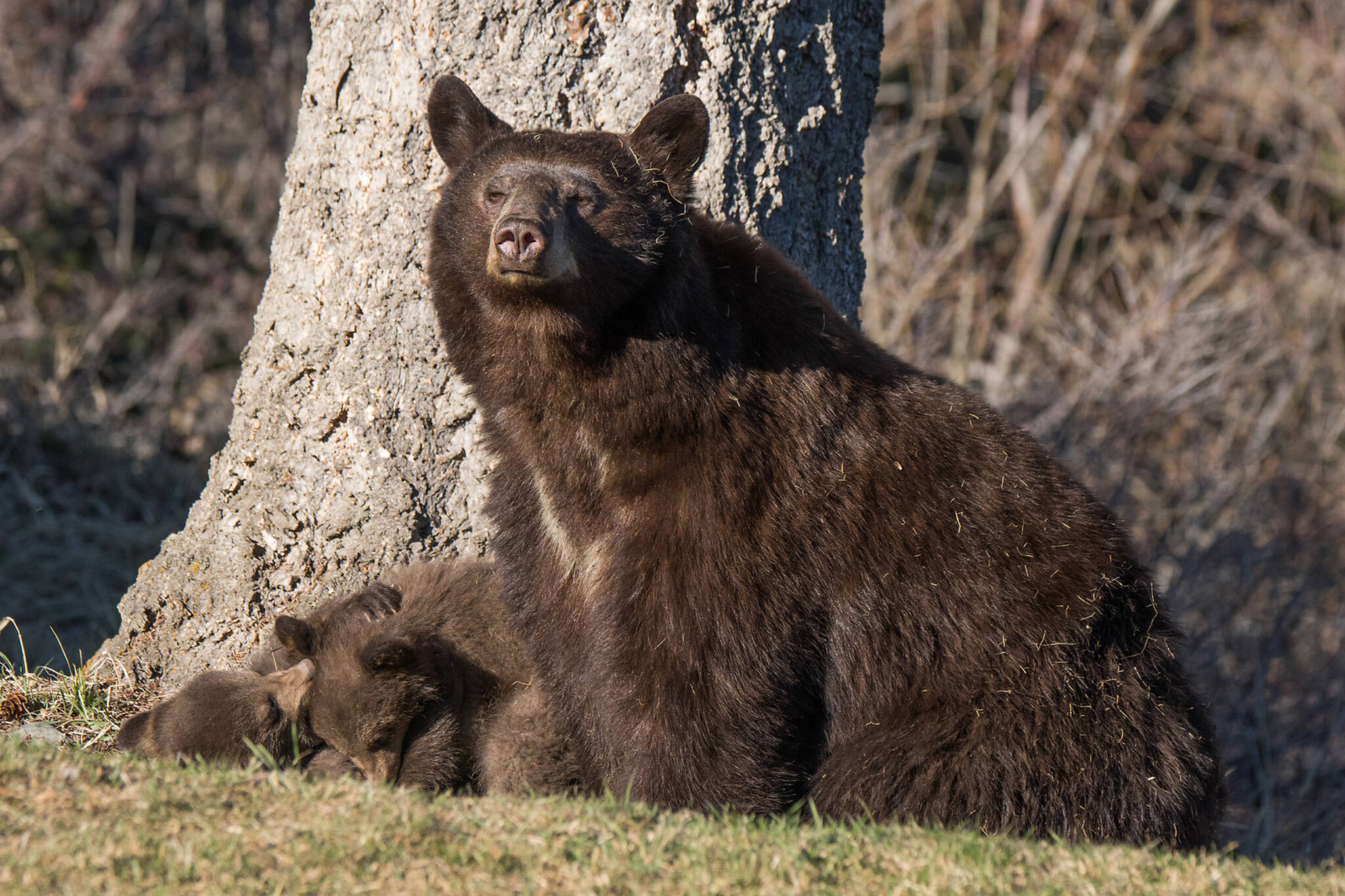The extended spell of milder weather should have all residents of the province thinking about securing bear attractants, says Kathy Murray from WildSafe BC
Murray says that with the mild temperatures and shallow snow pack, it is very likely bears will be out of hibernation soon.
While most sows will have their cubs the last week of January, they tend to stay in the dens until April feeding from their mother. That may not happen this year.
“It would depend on the health of the female,” Murray said. “How much body fat she had going into hibernation.”
In any event, expect bear activity soon and take appropriate action.
“The message to all of us is, if we do have an early spring, bears are going to be looking for food.”
While the first food source may be new spring plants, in some areas like the Kootenays and the north, we are weeks away from any type of growth. Bears will head into urban areas looking for an easy food source.
“Spring is the best time of year to keep wildlife wild,” Murray said. “If they get an opportunity to get into garbage, they are not going back into the wild.”
Murray says in the winter the attitude may be, there’s no bears around so there’s no need to secure garbage. That has to change, she says.
“We’ve had no reports of bears yet, but once they start emerging, it’s too late.”
Unfortunately for those who enjoy feeding birds in the winter, this also means you should be taking your feeders down.
“A feeder full of birdseed is 2,000 calories. That’s a quick and easy meal for a bear. It’s time to think about bear-proofing your yard.”
Murray also reminds property owners that anything that attracts a bear will also attract other pests, such as raccoons and rats.
“Talk to your friends and neighbours about bear proofing now,” she said. “The end results are safer communities for people and wildlife.”
READ: Be bear aware at home and in the backcountry
READ: WildSafeBC finds garbage left out overnight, reminds residents to be bear aware

